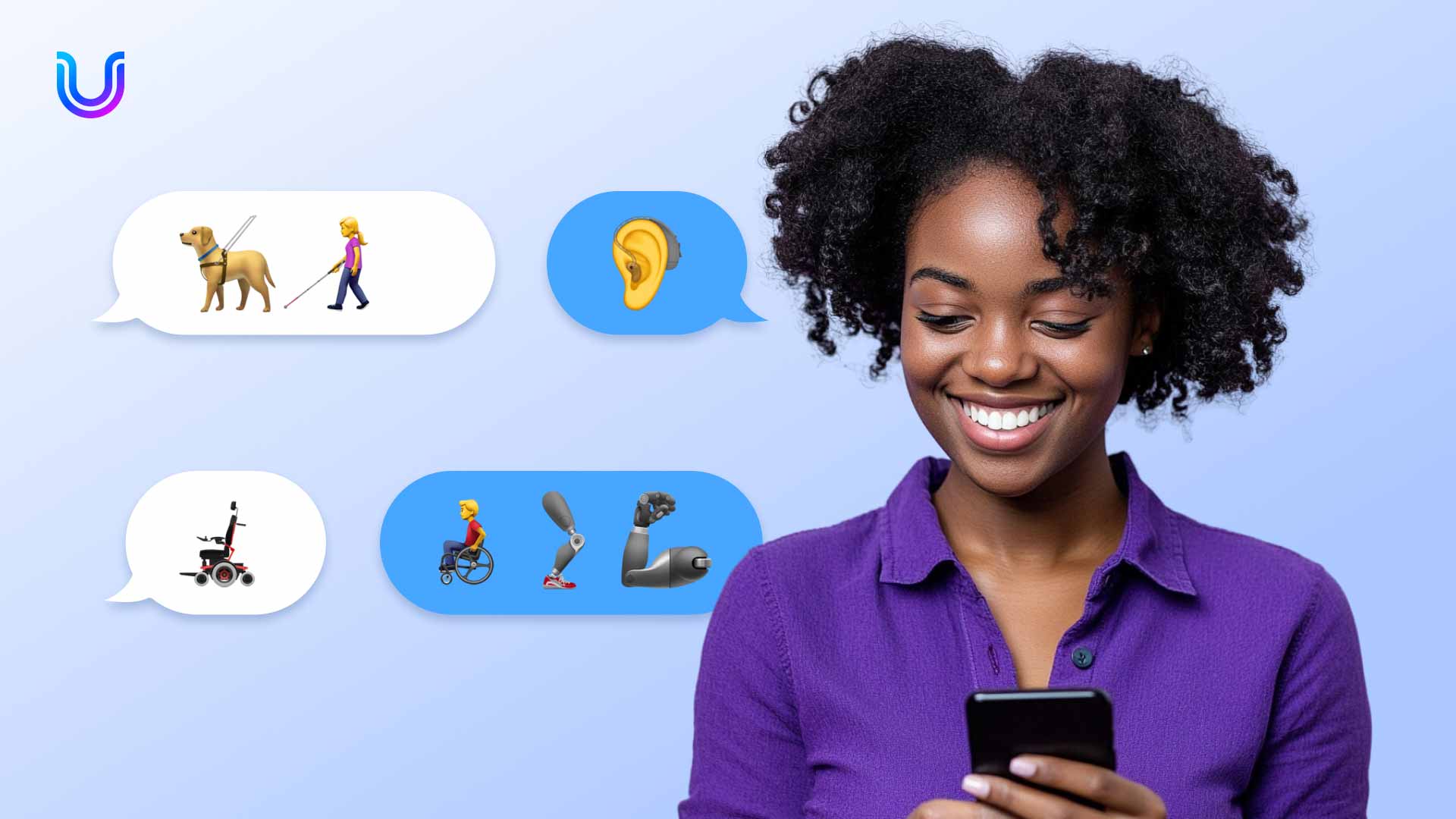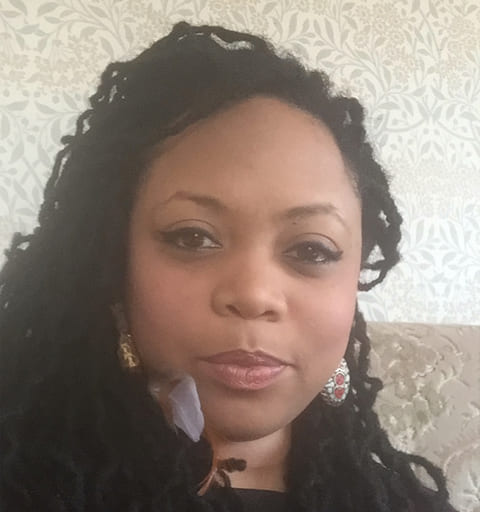Inclusive Emojis and The Politics of Digital Accessibility

Emojis have become essential to expressing ourselves online in the ever-evolving digital landscape. Initially, these tiny icons were a fun and straightforward way to show emotion. However, as our digital interactions have grown more complex, so has the conversation around their characterization and inclusivity. From diverse skin tones to gender-neutral options, the politics of inclusive emojis are about representation, empowerment, and digital accessibility.
Let’s start by learning about the evolution of emojis from an inclusivity perspective.
The Evolution of Inclusive Emojis
The importance of representation is the core argument for accessible emojis. When people from different ethnicities, genders, and walks of life see themselves reflected in emojis, it evokes a sense of belonging and validation. Yet, many have criticized emojis for perpetuating stereotypes and reinforcing societal biases. Early emojis’ default yellow skin tone was a prime example of this oversight. Introducing diverse skin tones was a positive step toward acknowledging and celebrating our multicultural global community.
There’s also an ongoing debate about striking the right balance in emoji representation. With an ever-expanding list of emojis, some worry about the potential for tokenism or the risk of inadvertently excluding specific groups. Navigating these complexities requires ongoing dialogue and a commitment that transcends a checkbox mentality.
Emojis were once limited to a narrow range of facial expressions and symbols, which left many users feeling excluded and unrepresented. As diversity and inclusion awareness grows, the demand for emojis that reflect humanity’s rich tapestry also increases. Platforms like the Unicode Consortium and major tech companies have responded by expanding representative emojis to include various skin tones, gender options, and a broader array of professions and activities.
Empowering Marginalized Voices
Another empowerment aspect of inclusive emojis is the push to break traditional gender norms. Users can now choose from various gender-neutral options beyond male and female emojis. This move challenges the binary understanding of gender and allows individuals to express their identity more authentically.
By enabling users to choose emojis that represent their identities more accurately, these digital symbols become a means of self-expression and empowerment for marginalized communities. This empowerment is particularly evident in the LGBTQ+ community, where introducing pride flags and diverse couple emojis has created a sense of visibility and acceptance.
Digital Accessibility: Beyond Representation
While representation is crucial, the politics of inclusive emojis extend to digital accessibility. Emojis are not just about visual representation—they also create a more accessible and inclusive digital environment for individuals with disabilities.
The visually expressive nature of emojis and gif emojis can be challenging for people with visual impairments. To address this, technology companies have been working on improving accessibility features related to emojis. These efforts include screen reader compatibility and alternative text options, ensuring that users with visual impairments can engage in emoji-based communication seamlessly.
Inclusive emojis go hand in hand with the broader movement toward inclusive design. This approach aims to create products and digital experiences that are accessible and usable by everyone of all abilities and characteristics. The development of emojis that consider various forms of accessibility is emblematic of the overall commitment to inclusive digital communication.
Looking Ahead: The Future of Accessible Emojis
As technology advances, the conversation around inclusive emojis will also evolve. The politics of representation, empowerment, and digital accessibility will remain central themes, prompting ongoing efforts to address the diverse needs of a global audience. For example, Artificial Intelligence (AI) is increasingly prominent in emoji creation and prediction.
As AI systems become more sophisticated, there is an opportunity to leverage these technologies to ensure that emojis are inclusive and predictive of users’ personal needs. The development of emojis must also consider diverse cultural perspectives. Not all cultures see inclusivity the same way, so striking a balance that respects these nuances while maintaining a global standard will shape the future of emojis.
The Face of Accessibility, Equality, and Inclusion
Inclusive emojis are visual embellishments in our digital conversations, but so much more. These powerful tools shape how we communicate, express our identities, and encourage a sense of belonging. From the representation of diverse identities to the empowerment of marginalized voices and the commitment to digital accessibility, the politics of inclusive emojis are complex and multifaceted. As we navigate this evolving landscape, we must recognize these tiny symbols’ impact on our digital interactions and their potential for creating a more inclusive and empathetic online world.
UserWay: The Best Way To Express Digital Inclusion
UserWay exists to provide better accessibility and compliance in the digital world, and inclusive emojis are just one part of that critical equation. Learn why over one million websites rely on UserWay’s AI-powered technology to improve web inclusivity and better comply with the ADA, WCAG, and all other critical laws.
Rely on UserWay for your digital accessibility needs.
Answers to Common FAQs
How Do Emojis Improve Communication?
Emojis enable non-verbal, visual, and instant communication of ideas and emotions.
How Can I Make Emojis More Accessible
- Don’t Substitute Text With An Emoji.
- Test visibility in both light and dark modes.
- Keep them at the end of your messages for screen readers
- Avoid emoticons.
How Do Emojis Work With Screen Readers?
The screen reader describes the emoji out loud. For example, if your friend sends you a message with a yellow heart, the screen reader identifies and announces it that way.




Share